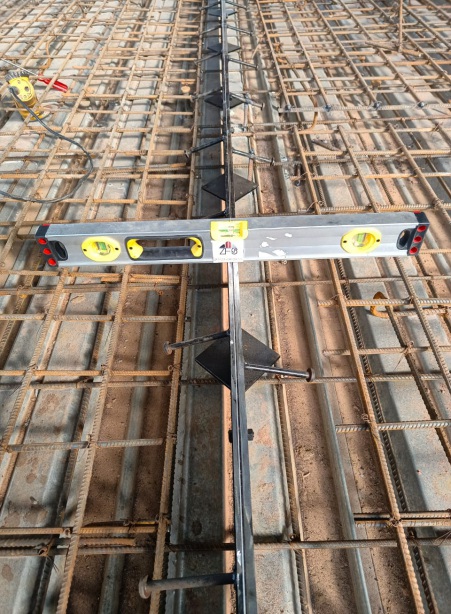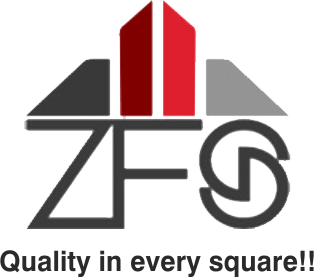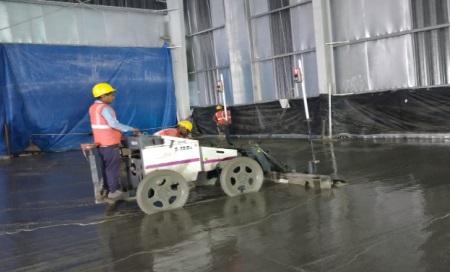
- Zenith Flooring
- Jan 2, 2024
- Blog
- 0 Comments
Multilevel Cargo Project: Laser Screed Flooring (FM2 – TR 34)

Zenith Flooring Services is one of the leading high-tolerance flooring experts based in Northern India. We provide Tailor-made, end-to-end solutions for warehouse and industrial floors. The execution of our flooring projects is at par with the flooring standards namely TR 34 4th edition from The UK Concrete Society meeting current Free Movement (FM2) surface regularity requirements.
We feel proud to share the success story of laser screed flooring for Shristi Cargo Warehouse Pvt Ltd at Cargo Terminal T2, Delhi IGI Airport.
It’s a Multilevel Cargo Building Project (G+1) Grade A warehouse flooring meeting global industry standards. We use a state-of-the-art floor-laying Laser Screed® machine from, Somero Enterprises® USA, for laying M30 Grade RMC, 900 Sqm per day covering 23000m2. Imported flattening tools like bump cutters, highway straightedge, power floaters, and ride-on trowels were used to deliver FM-2 surface finish as per TR-34. The slab of 200 mm at the mezzanine comprised of Double Reinforcement of 8 mm Dia. 225 mm C/C Spacing at the top & 10 mm Dia. 175 mm C/C Spacing at the bottom including Steel Armoured Joints at the expansion joint at the mezzanine level supporting a live load of 4.5 T/m2.
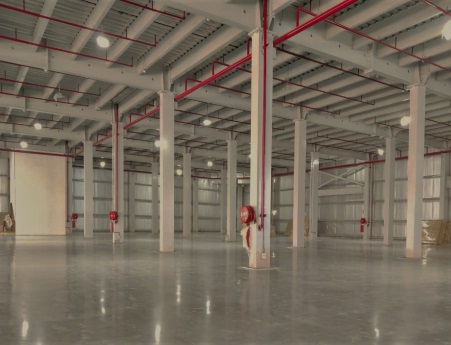
Methodology: Large Area Pour – Laser Screed – Jointed / Saw Cut Floor
The large pour, laser screed flooring method is used to lay in areas of up to 900 m2 per day between construction joints in a continuous operation. The following day, the floor is sawn into panels on a 4.5 to 5.5m grid to relieve dry shrinkage stresses. The floor construction is typically reinforced with a single layer of mesh 50mm from the bottom of the slab.
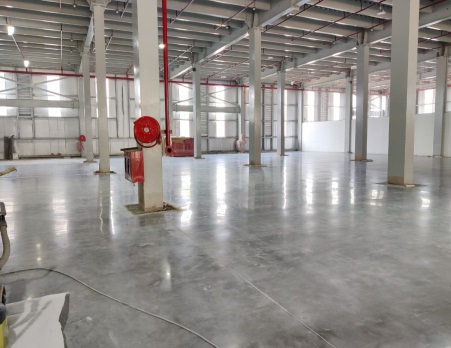
Surface Treatment (5/7-Step Concrete Polishing)
Polished Concrete Floor has a glossy finish which is achieved by making use of planetary machines. Progressively fine abrasives resin bonds are used to gradually grind down surfaces to the desired degree of shine and smoothness. The grinding process begins with the use of abrasive resin disks. These disks are coarse enough to remove minor blemishes or stains from the floor in preparation for the surface. Polishing is done with a 60/100 & 200- grit resin bond. A liquid densifier is then spray applied to densify and harden the concrete and left overnight for the curing process. The chemical penetrates the bearing surface of the concrete slab up to 3 to 4 mm. It not only protects the concrete from the inside out, but it also hardens and densifies the concrete. The surface is refined further with a 400/ 800 grit resin bond. Fine grinding of the concrete surface is done using abrasive resin disks. Crews use ever-finer grits of polishing discs (a process called lapping) until the floor has achieved the desired sheen and shine. Final polishing finish with a 1500 or 3000-grit resin bond.
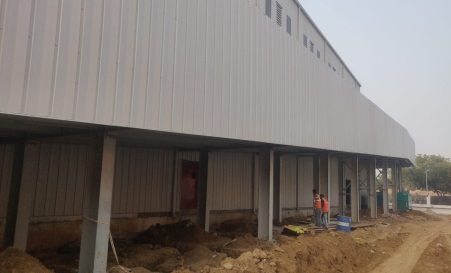
Complexity
The project involved two G+1 buildings connected by a structural ramp with Docks on the ground floor and at the mezzanine levels. Also, the casting of a 200 mm Thick mezzanine deck slab with double reinforcement including steel armour joints to be provided at the expansion joint, in a single go.
